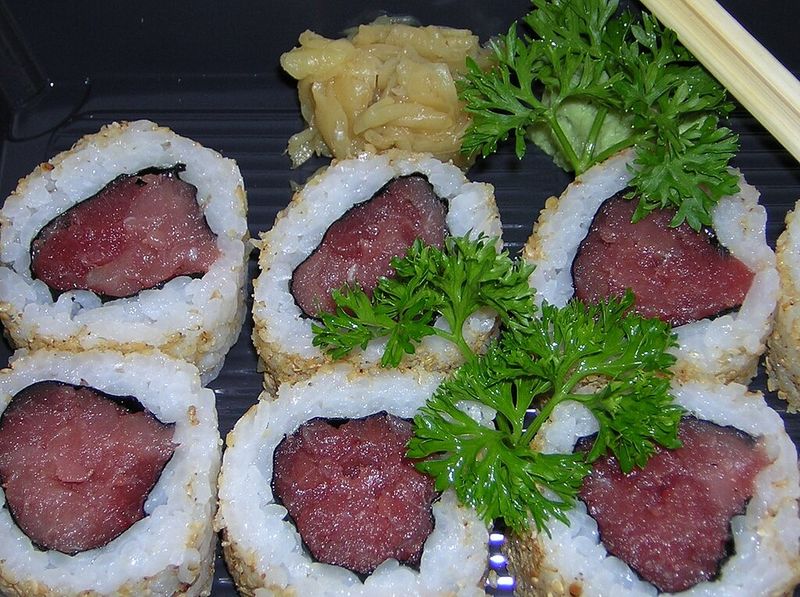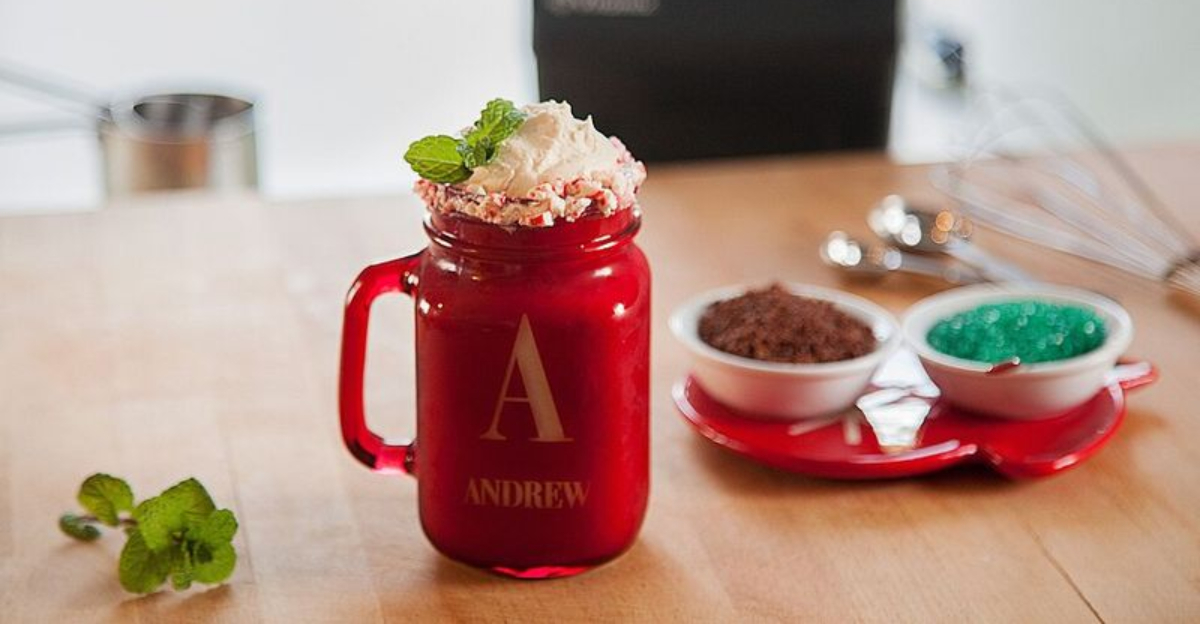12 Signs Of Quality To Look For In A Sushi Restaurant
Hunting for great sushi feels a bit like chasing buried treasure, each roll promising its own reward. True quality goes beyond flavor – it’s precision, balance, and respect for tradition that make every bite sing.
The rice should whisper softness, the fish should glisten with freshness, and the air should smell faintly of the sea. Whether learning the ropes or chasing perfection, a few sharp signs can guide you straight to sushi that’s pure art in motion.
Disclaimer:
All information in this article is intended for general educational and entertainment purposes. Descriptions of sushi preparation and restaurant standards reflect traditional practices and may vary by region or chef. Readers should use their own judgment when evaluating food safety or freshness and consult professionals for dietary or allergy concerns. Mentions of specific techniques, ingredients, or establishments are illustrative and not endorsements.
1. Skilled Knife Work At The Counter
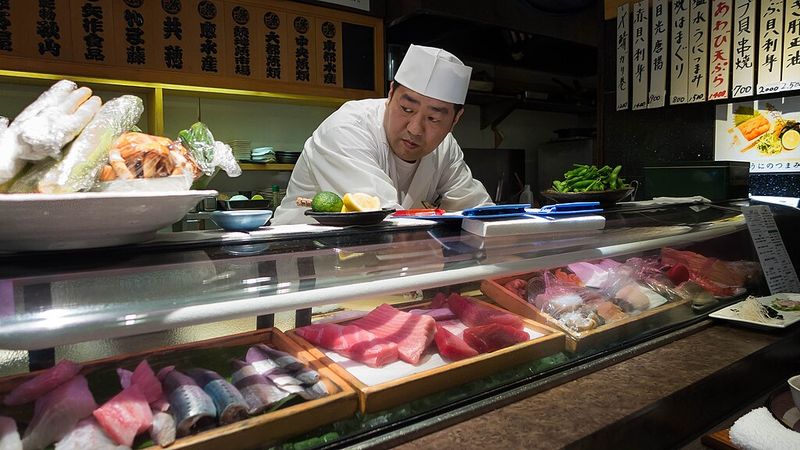
Watch the chef’s hands move like magic. Precision matters when slicing fish, each cut should be clean, confident, and lightning-fast.
A skilled itamae (sushi chef) trains for years to master this art. Ragged edges or hesitant cuts? That’s a red flag waving at you.
Great knife work means better texture and flavor in every bite, plain and simple.
2. Proper Rice Preparation In Wooden Hangiri
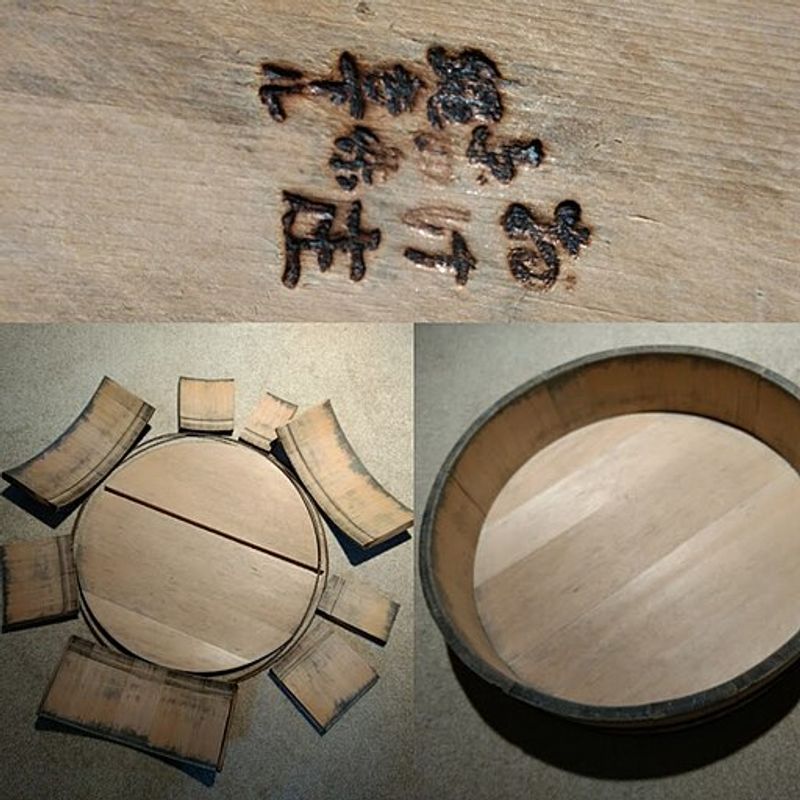
Sushi rice isn’t just rice – it’s the soul of every piece. Top restaurants cool and season their rice in a wide wooden bowl called a hangiri.
This method lets the rice breathe and absorb vinegar evenly. If you spot one behind the counter, you know they’re serious about tradition.
Sticky, mushy rice? Walk away before you waste your appetite.
3. Balanced Nigiri Proportions
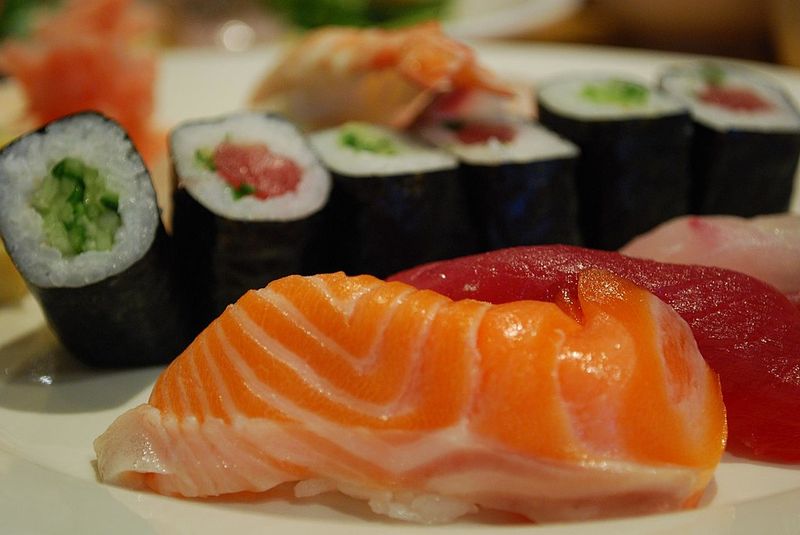
Picture this: a delicate slice of fish draped over a small mound of rice, perfectly balanced. Not too much rice, not too little fish.
The best nigiri should fit in your mouth in one bite, with flavors harmonizing like a choir. Oversized rice balls overwhelm the fish and scream amateur hour.
Balance is everything in sushi – just like in life.
4. Market-Fresh Sourcing And Reputable Suppliers
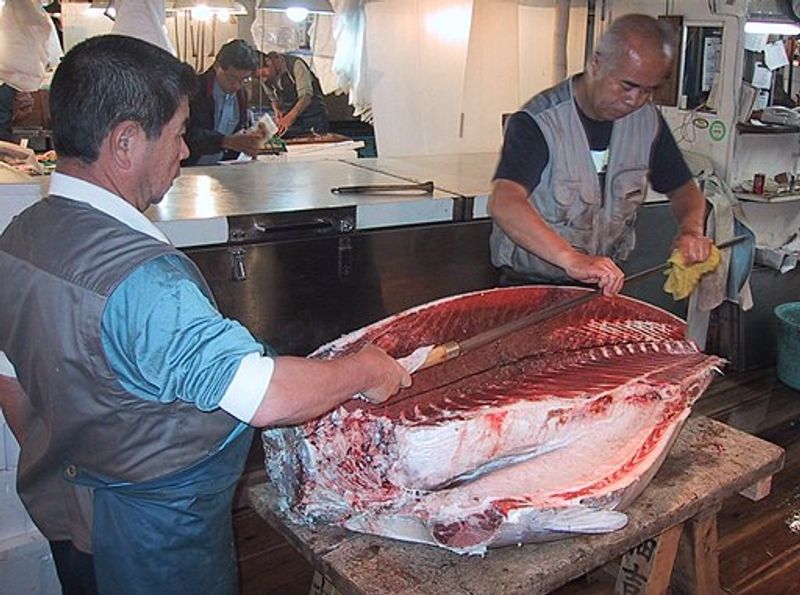
Quality starts at the source, not the restaurant. Reputable sushi spots get their fish from trusted markets like Tsukiji or Toyosu in Tokyo.
Fresh deliveries arrive daily, sometimes multiple times. Ask where they source their fish, good chefs will happily tell you.
If they dodge the question, your gut instinct is probably right. Trust it and find somewhere transparent.
5. Proper Cold Storage And Tidy Display Case
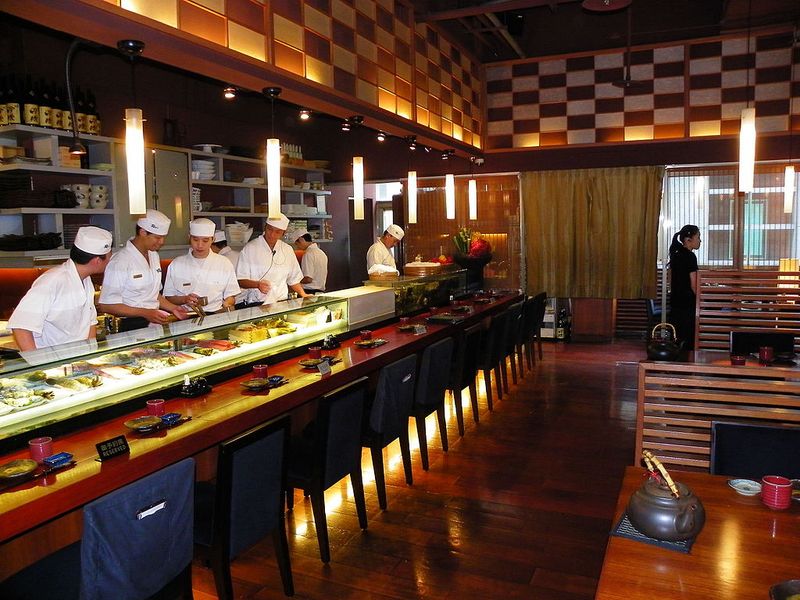
Peek at the fish display case before you order. Everything should look organized, glistening, and properly chilled.
A messy case with dried-out edges or murky ice is basically a billboard saying “Don’t eat here.” Fresh fish needs careful temperature control to stay safe and delicious.
Cleanliness isn’t optional, it’s the bare minimum for any restaurant worth your money.
6. Real Wasabi Grated Fresh
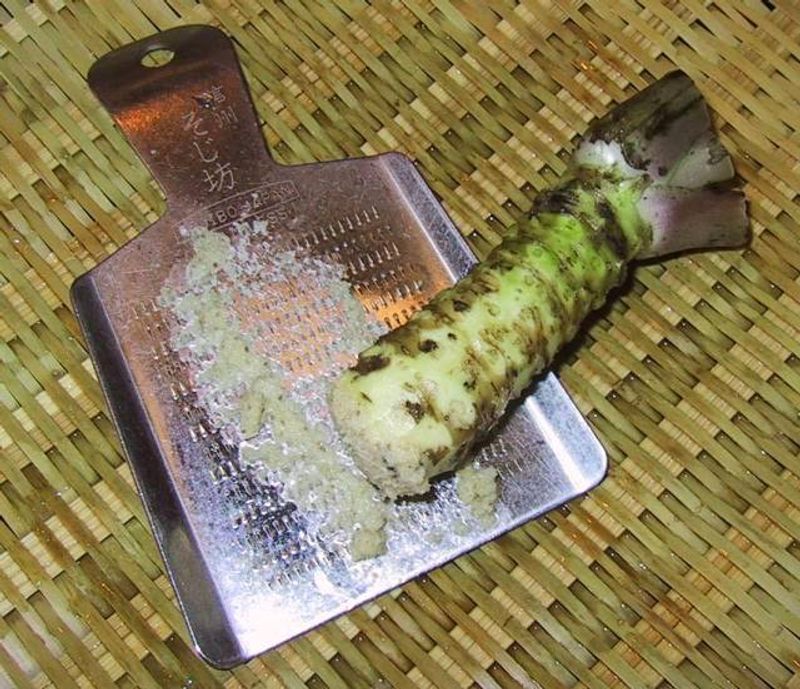
Most restaurants serve bright green horseradish paste and call it wasabi. Real wasabi is a rare root that gets grated fresh on a sharkskin grater called an oroshigane.
The flavor? Subtle, slightly sweet, and way more complex than the fake stuff. If your sushi spot uses real wasabi, they’re playing in the big leagues.
Just saying, once you taste the real deal, there’s no going back.
7. High-Quality Crisp Nori Sheets
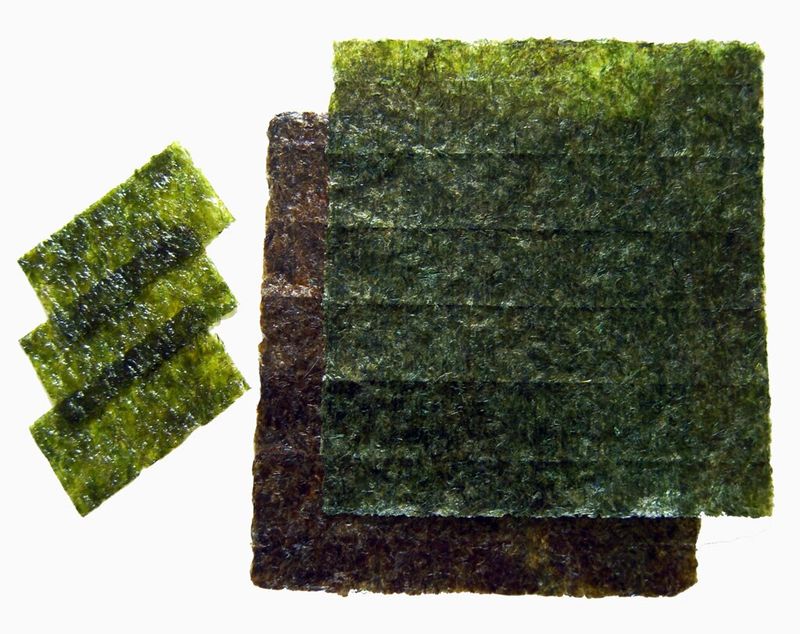
Nori should snap, crackle, and pop, not bend like rubber. Quality seaweed smells oceanic and slightly sweet, never fishy or stale.
Top restaurants store nori properly to keep it crispy and aromatic. Chewy, soggy nori ruins a good maki roll faster than you can say “California roll.”
Pay attention to texture; your taste buds will thank you later.
8. Thoughtful Soy Sauce Application
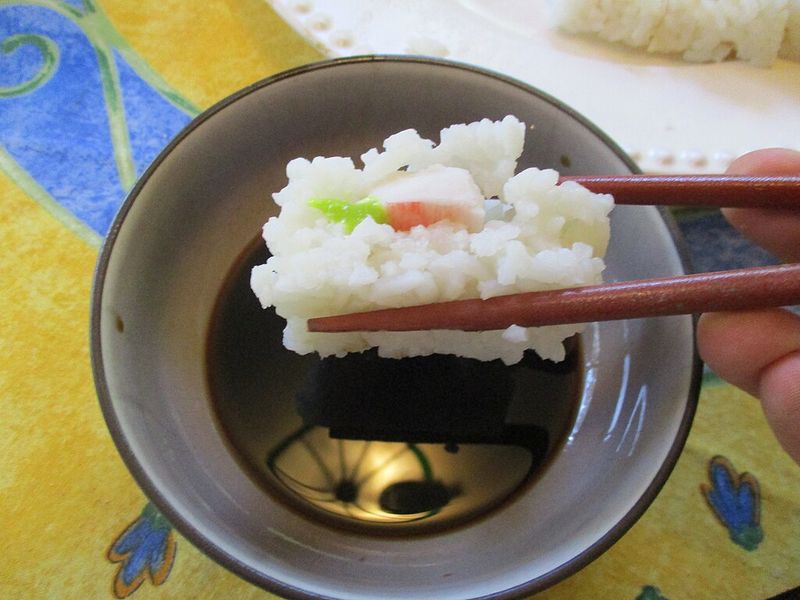
Ever notice how some chefs brush sauce directly onto your sushi? That’s nikiri – a sweetened soy glaze that adds just the right amount of flavor without drowning the fish.
Good restaurants teach you to dip fish-side down, not rice-side. Why? Because soaking rice in soy is like wearing socks in the pool, totally unnecessary and kind of weird.
9. Proper Gari For Palate Cleansing
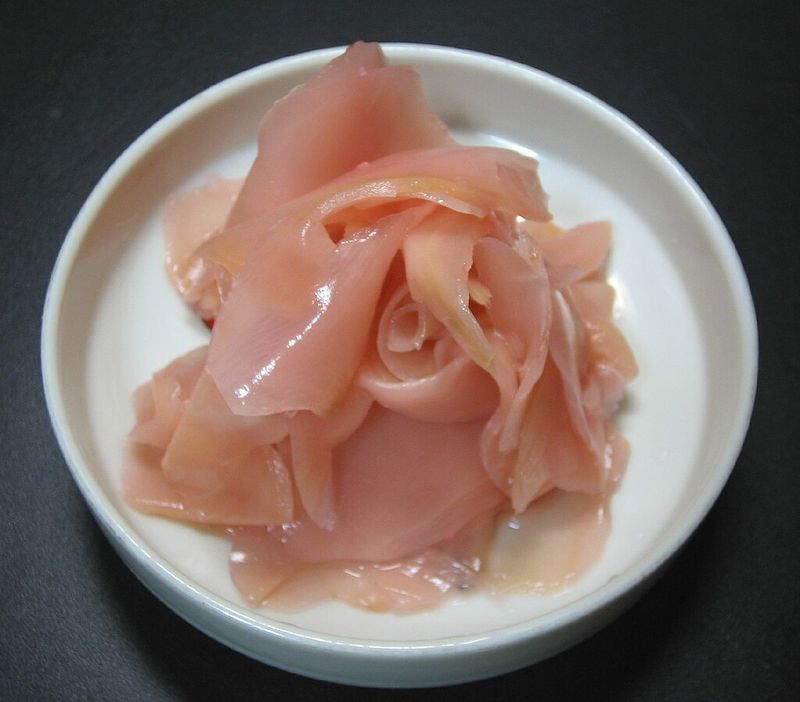
Those pink (or sometimes pale yellow) ginger slices aren’t just decoration. Gari cleanses your palate between different types of fish, like hitting the reset button on your taste buds.
Quality gari tastes sweet, tangy, and refreshing – never overpowering. If it’s neon pink and tastes like pure vinegar, that’s artificial coloring and poor quality screaming at you.
10. In-House Tamagoyaki Preparation
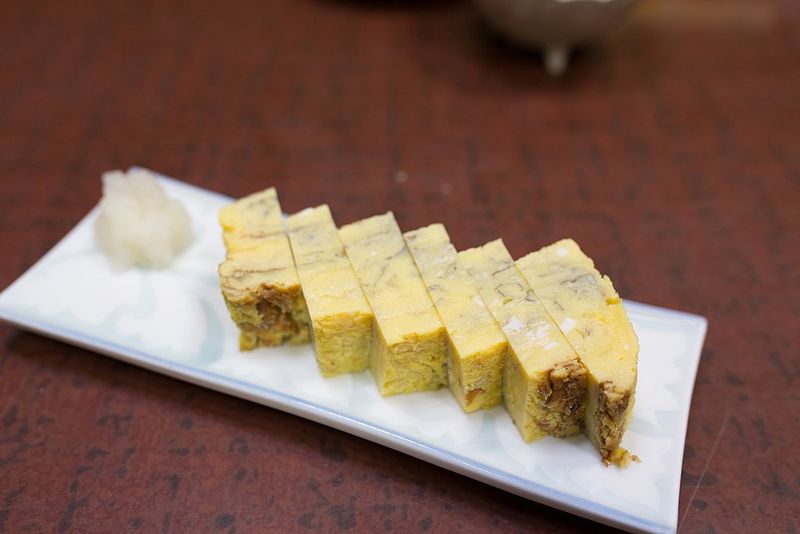
Tamagoyaki is the secret test piece. This sweet, layered egg omelet seems simple but demands serious skill to make correctly.
Great tamagoyaki is custardy, slightly sweet, and perfectly even throughout. Many chefs say mastering it takes years of practice.
If a restaurant makes it in-house, they’re showing off their dedication to craft. If it tastes rubbery? They probably bought it frozen.
11. Tight And Even Maki Rolls
A well-made maki roll should hold together like a superhero team – tight, balanced, and ready for action. Each piece should be uniform in size and shape.
Loose rolls that fall apart when you pick them up? That’s sloppy rolling technique and a sign of inexperience.
The best sushi chefs make it look effortless, but rolling perfect maki takes practice and precision.
12. Seasonal Omakase Focus
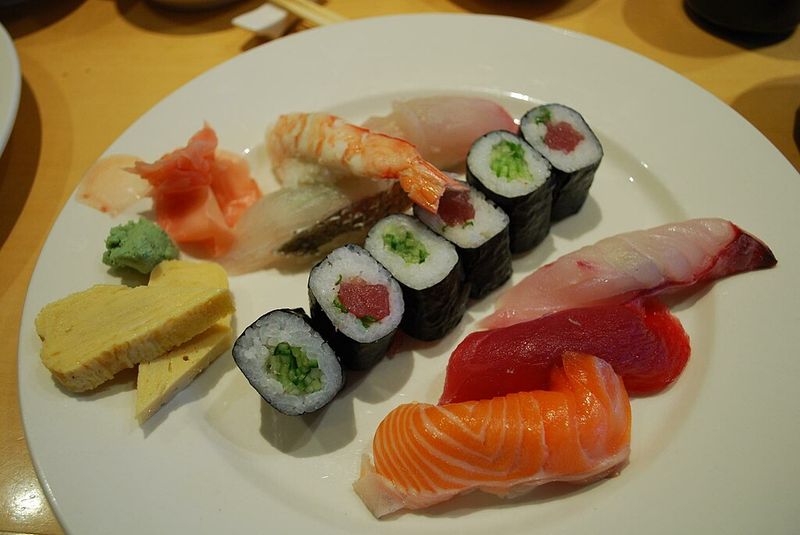
Omakase means “I’ll leave it up to you,” and it’s the ultimate trust fall with your chef. Seasonal menus show respect for shun – the peak season when each fish tastes its absolute best.
Restaurants offering omakase demonstrate confidence in their sourcing and skills. They’re basically saying, “We’ve got this, just sit back and enjoy.”
Share your experience with someone who appreciates good food!

